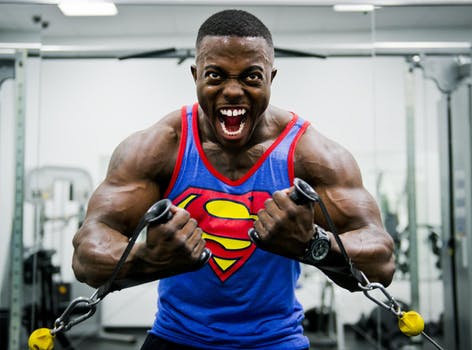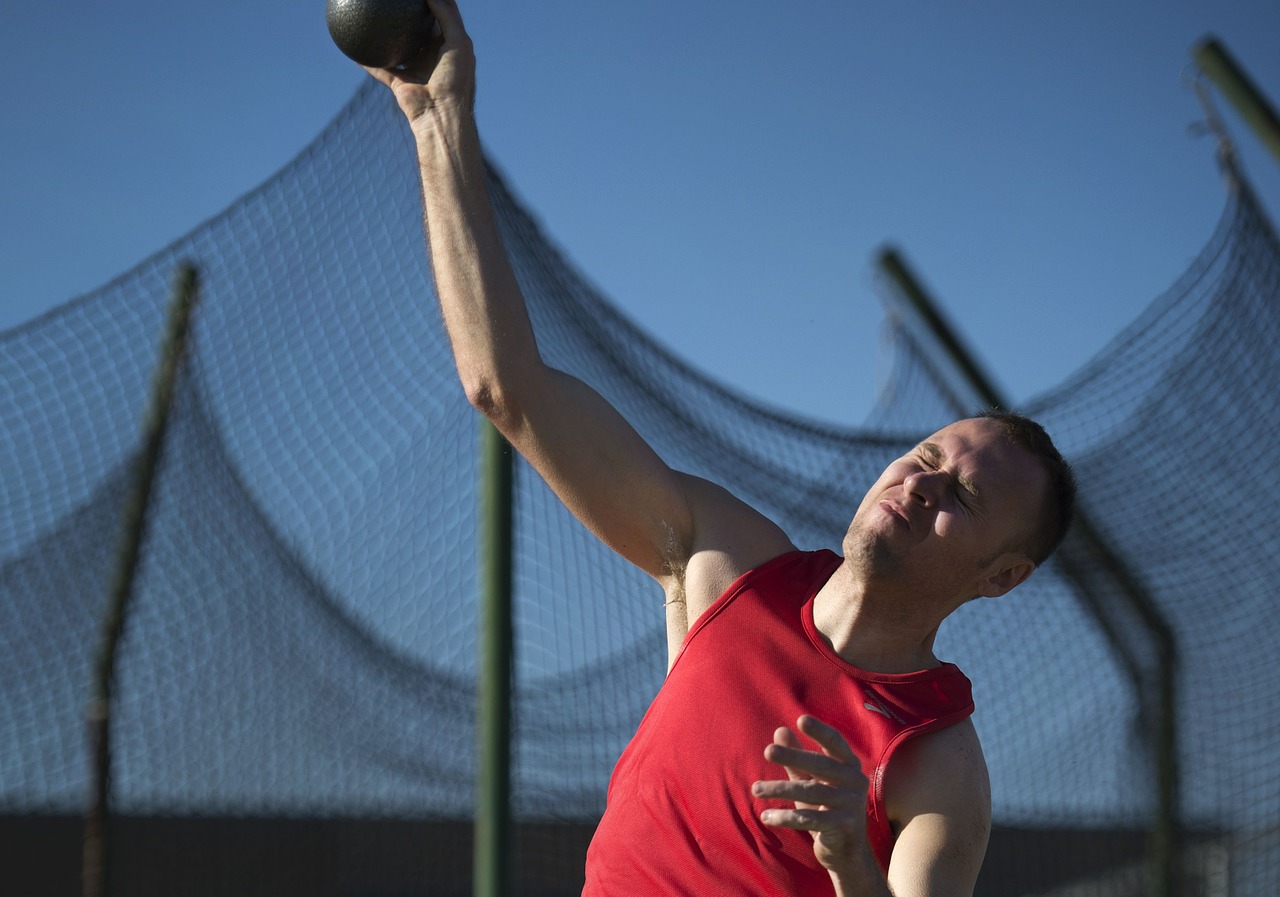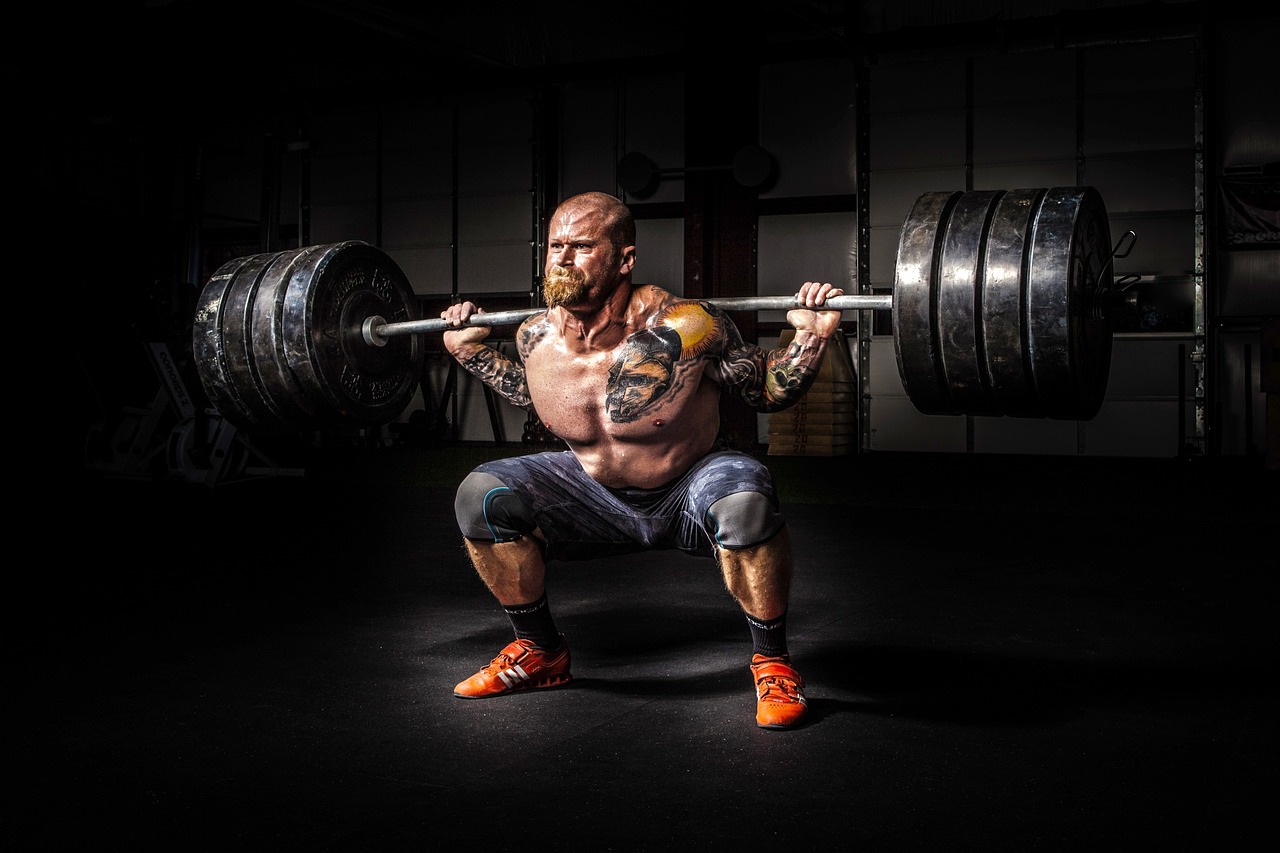Human muscles are extremely adaptable to training. They grow or shrink, become longer or shorter, their muscle fibers change their angle to the tendon, etc. all as a result of training. Two studies coming from the same group in Japan that were published this month not only emphasize this, but also reinforce the fact that muscles don’t necessarily develop uniformly as a result of training.
In Ema et al (2013), the authors found that on average after 12 weeks of knee extension training the quadriceps increased its strength by 26%, its CSA by almost 12.5%, increased its thickness by 8%, increased its muscle fascicle length by almost .8%, and increased its pennation angle by 8%. However, that is deceptive because each muscle in the quadriceps group changed differently from training, which is summarized in the table below showing the vastus lateralis (VL), vastus medialis (VM), rectus femoris (RF), and the vastus intermedius (VI). This table shows the percent change to the cross sectional area, muscle thickness, fascicle length, and pennation angle for each muscle and for the proximal and distal parts of the muscle.
| ACSA | Thickness | Length | Pennation | ||
| VL | Distal |
0.110014 |
0.091892 |
0.021346 |
0.061224 |
| Proximal |
0.089854 |
0.083682 |
-0.00967 |
0.105556 |
|
| VM | Distal |
0.126535 |
0 |
0 |
0.038043 |
| Proximal |
0.086926 |
0.100917 |
0.011127 |
0.074074 |
|
| RF | Distal |
0.272188 |
0.215 |
0 |
0.198718 |
| Proximal |
0.191619 |
0.161017 |
0.038615 |
0.13198 |
|
| VI | Distal |
0.063683 |
0.013636 |
0 |
0.031088 |
| Proximal |
0.055404 |
-0.00467 |
0 |
0.012739 |
The data in the table above shows some interesting things. First, muscle pennation angle increases as a result of training, but not the same for each muscle and not the same for each part of the muscle. Second, muscle fascicle length really isn’t impacted much by this training. Third, each muscle, and each part of the muscle, experiences a different change in CSA and muscle thickness – with the rectus femoris experiencing the most. This suggests that the rectus femoris might be more involved in the knee extensions than the other muscles.
Wakahara et al performed a similar study looking at the triceps brachii. They had subjects perform 12 weeks of dumbbell presses. Their results are not presented as neatly as the Ema et al study, so there’s not table for this one. Basically they found that the triceps did not increase its CSA or thickness uniformly as a result of that training. What was interesting is that the increase in the triceps CSA and thickness corresponded to the parts of the muscle that were active during the performance of the exercise, i.e. those parts of the muscle that performed the exercise experienced the most growth from the training.
Both studies are from the same group from Japan. Kawakami (a co-author on the Ema et al study) had some interesting and groundbreaking research looking at muscle pennation angle changes as a result of training. Taken together, this reminds the reader that the muscles are very adaptable to training. However, it also suggests that some muscles (or some parts of muscles) are more involved in performing exercises than others (for example, RF and the knee extension) and this may help to drive the adaptations from training.
What does this mean? It means that if the goal is hypertrophy, there is a need for variety in terms of the exercises to maximize the muscles involved and the development of the entire muscle. In other words, the bodybuilders got this part right. What is fascinating is that we currently have the technology to determine this information really precisely and potentially have very targeted training based upon goals and science.
Ema, R., Wahahara, T., Miyamoto, N., Kanehisa, H., and Kawakami, Y. (2013). Inhomogeneous architectural changes of the quadriceps femoris induced by resistance training. European Journal of Applied Physiology, 113: 2691-2703.
Wakahara, T., Fukutani, A., Kawakami, Y., and Yanai, T. (2013). Nonuniform muscle hypertrophy: Its relation to muscle activation in training session. Medicine and Science in Sports and Exercise, 45(11): 2158-2165.



